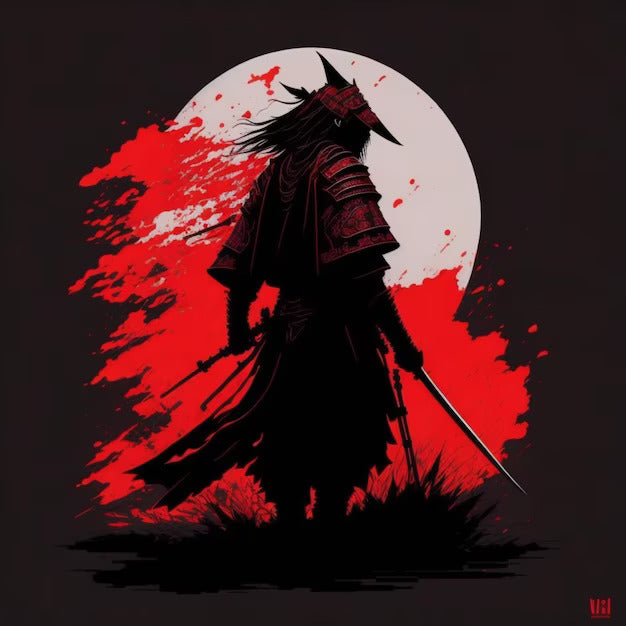1
/
of
1
RONIN86
RONIN86 メ Situs Samurai Terkuat Ronin86 Link Alternatif Login & Daftar Terpercaya Malam Ini Pasti JP RTP Maxwin X500
RONIN86 メ Situs Samurai Terkuat Ronin86 Link Alternatif Login & Daftar Terpercaya Malam Ini Pasti JP RTP Maxwin X500
Regular price
RP. 55.500 IDR
Regular price
Sale price
RP. 55.500 IDR
Unit price
/
per
Couldn't load pickup availability
Pada jaman dahulu kala sejak mulai pertempuran di jepang penuh sosok samurai yang berperang pada masa itu tapi jika kalian masih mencari konsep samurai jaman dulu kalian bisa langsung ke RONIN86 sudah di pastikan kalian akan nostalgia dengan sosok samurai disini dengan penuh jutaan perkalian x500 jatuh membantu permainan online kalian hingga jp.
Share


